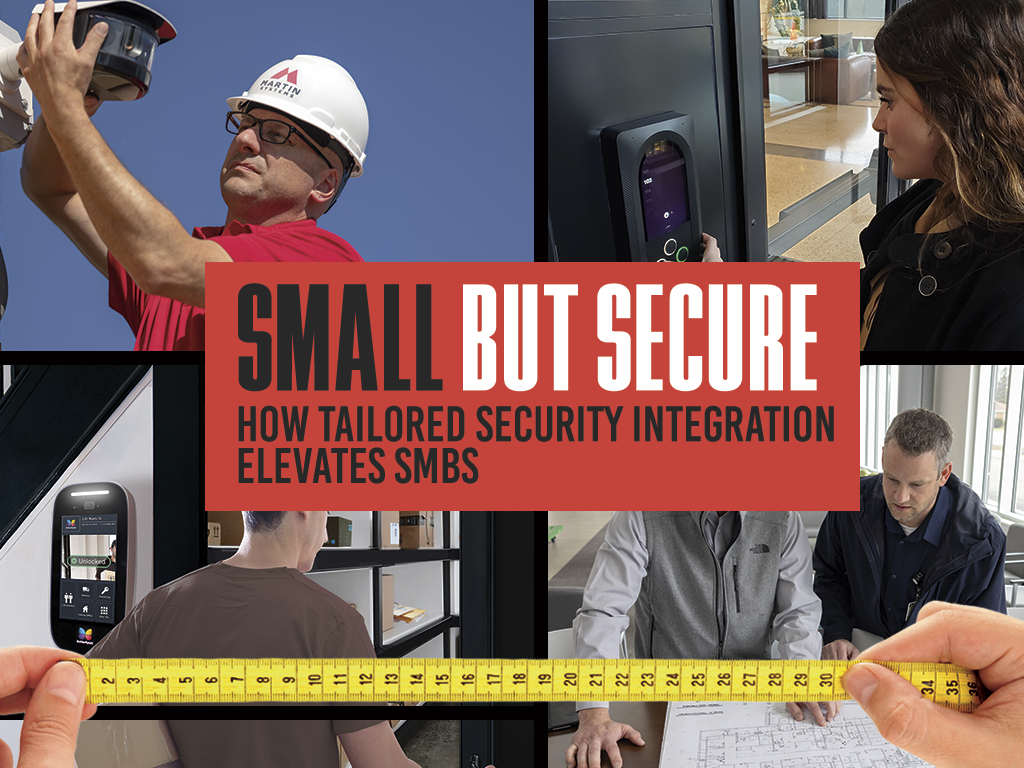A Catalyst for Increased RMR

In recent years, catalytic converter theft has become an escalating problem that costs vehicle owners, fleet operators, and car dealerships billions of dollars in damages. The surge in thefts can be attributed to the rising value of precious metals which are essential components of catalytic converters. The high value of these easily accessible vehicle components has even attracted organized crime organizations. Fortunately, the electronic security industry is leveraging artificial intelligence and proactive video monitoring to prevent catalytic converter theft. RMR.
Precious Metals, Expensive Damage
Catalytic converters reduce pollution from the exhaust of gas-powered vehicles. They contain rare, high-value metals such as platinum, palladium, and rhodium. And while thieves can sell them to scrap yards for a few hundred dollars, the theft can cause vehicle owners thousands of dollars in repairs. Catalytic converters are part of the vehicle’s exhaust system, and experienced thieves can crawl under a car and remove them in less than two minutes. It’s a huge problem! The US Department of Justice’s 2022 bust of a single crime ring uncovered evidence that they had sold more than a half a billion dollars’ worth of stolen catalytic converters. RMR
The Cost for Auto Dealers and Fleet Operators
Replacing a catalytic converter can cost auto dealers and fleet operators thousands of dollars per vehicle. Left unprotected, this can mean tens of thousands and even hundreds of thousands of dollars in damages to auto dealers and fleet operations that have many vehicles parked overnight in unprotected lots. Additionally, it can disrupt their business operations by destroying their inventory or grounding their service vehicles. RMR.
Prevention is Better RMR
In the past, auto dealers and fleet operators relied on traditional surveillance systems to secure their lots. Unfortunately, these systems do little to deter experienced catalytic converter thieves and are often unreliable for identifying perpetrators. Many of these businesses now contract with electronic security integrators that offer proactive video monitoring. With a proactively monitored system, when a trespasser is detected, a local deterrent like a siren, strobe, or voice annunciator can be used to automatically draw the trespasser’s attention to the surveillance system. And within seconds, a live operator can “talk down” to deter further criminal activity. The best-case scenario is prevention of theft or apprehension of the criminals due to priority dispatch of authorities.
Analytics Make it Possible RMR
Historically, video monitoring was impractical. Unfortunately, poor surveillance system technology like motion activated alarms led to a high instance of operator-handled events. In turn, this made the cost of proactive video monitoring too high for most businesses. Recent advances in analytics and Artificial Intelligence have reduced operator-handled events to likely instances of actionable scenarios—crimes in progress. While trees blowing in the wind or animals walking across the parking lot might have triggered false alarms in the past, systems today can filter out those events and limit alarms to actual instances of people or vehicles detected within a defined area, during a defined time, and even exhibiting specific behaviors. That makes proactive video-monitoring affordable to electronic security integrators and their customers. It also enables faster response times and criminal apprehensions.
High Value, High RMR
While traditional surveillance systems often do little to prevent theft or to identify and apprehend criminals, proactively monitoring systems provide tremendous value to end users. Car dealers and fleet operators are willing to pay hundreds and even thousands of dollars per month to ensure their vehicles are protected against catalytic converter theft. Some of the industry’s top integrators like Alarm Illinois in the Midwest have positioned themselves as experts in the field of proactive video monitoring for auto dealerships. Recently, Alarm Illinois shared video footage of an apprehension at an auto dealership where they recently installed a proactively monitored video surveillance system. The Chicago Heights Police responded quickly when dispatched. And with operator “eyes in the sky,” they quickly located and apprehended the trespasser.
“In Chicago, automatic lights and sirens aren’t enough to deter trespassers,” explained Alarm Illinois owner Lisa Haddad. “Our systems also provide live operator talk down, and our central station can provide police with real time info.”
Easy to Deploy
It’s easier than ever for security integrators to install proactively monitored video surveillance systems and to upgrade existing systems. The security industry benefits from access to scaled wholesale monitoring centers that are quickly embracing and heavily investing in their video monitoring capabilities. Additionally, technology providers like CHeKTVisual Security have developed surveillance system bridges that can utilize video from traditional camera systems along with advanced analytics for filtering events, input/output capabilities for triggering deterrents, and two-way voice technology for operator talk down. RMR.
Video Is the Future
The security industry is rapidly moving to deploy proactive video monitoring in various vertical markets. The savviest of integrators are leveraging the latest surveillance technology to provide high value detection, prevention, and apprehension across many different applications—from residential to commercial, and from agriculture to infrastructure. While the high cost of catalytic converter theft has cost vehicle owners billions, it is also propelling advances in this technology and central station capabilities. More and more integrators are stepping up their game, improving the value of their systems and services, and increasing the upper limits of recurring monthly revenue (RMR)!!
By Jake Voll




